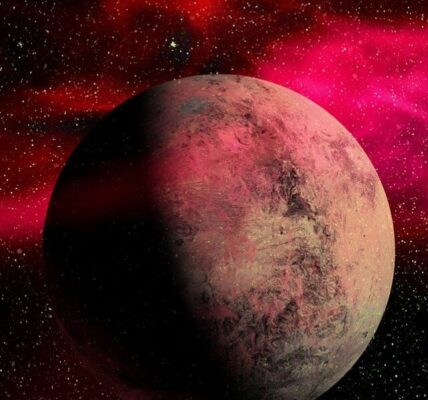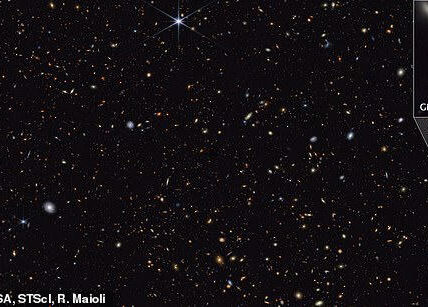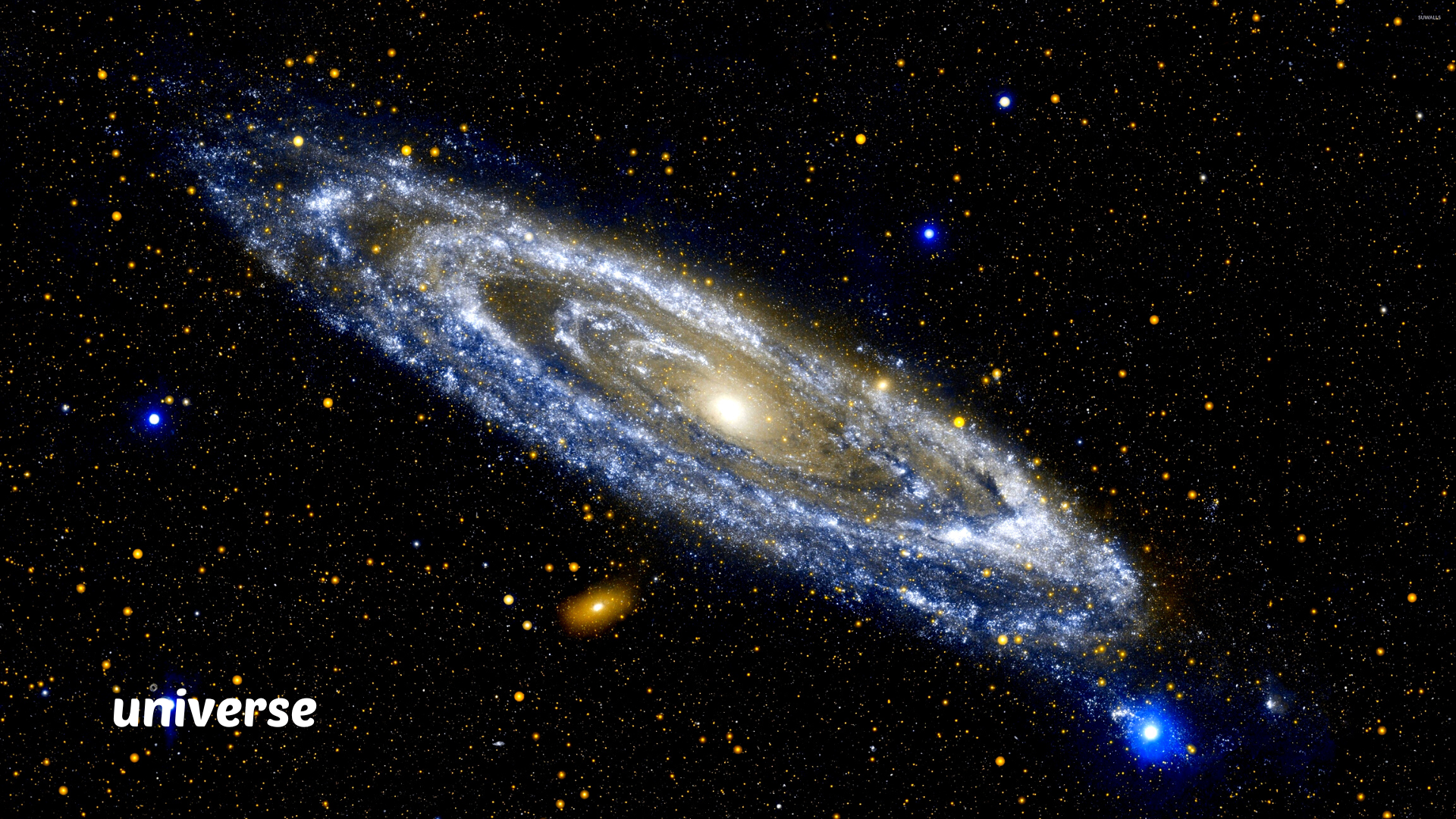“Early Universe Galaxy Formation: 5 Mind-Blowing Discoveries”
Exploring Early Universe Galaxy Formation: A Remarkable Discovery
Delve into the intriguing discovery of ZF-UDS-7329, a galaxy challenging our understanding of early universe galaxy formation. Explore its implications, the role of dark matter, and the quest for answers in cosmology.
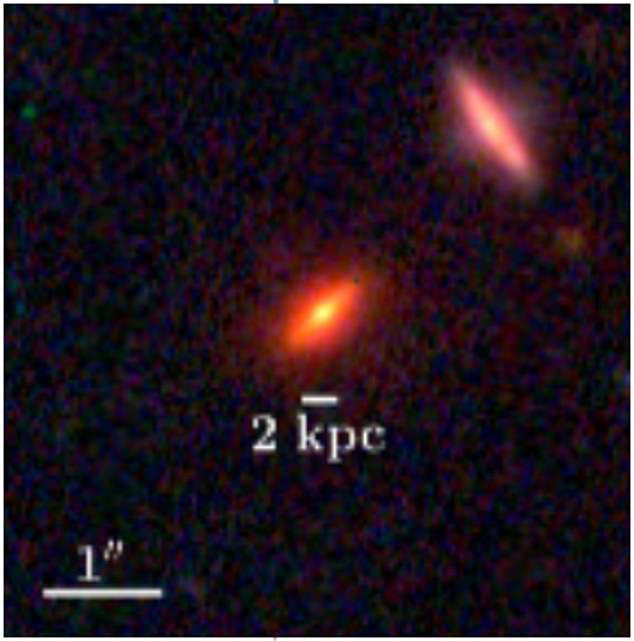
Early Universe Galaxy Formation: A Remarkable Discovery
In the vast expanse of space, a recent discovery by NASA’s James Webb Space Telescope (JWST) has sent ripples through the scientific community. ZF-UDS-7329, a galaxy formed about 13 billion years ago, just 800 million years after the Big Bang, has defied conventional wisdom and ignited new questions about early universe galaxy formation.
Unraveling the Mystery of ZF-UDS-7329
In the annals of cosmic history, ZF-UDS-7329 stands as a testament to the enigmatic nature of the universe. With more stars than our own Milky Way galaxy, its existence challenges our understanding of how galaxies of such magnitude could have emerged so early in the universe’s infancy.
The Role of Dark Matter: A Cosmic Conundrum
Central to our understanding of galaxy formation is the role of dark matter. This elusive substance is believed to serve as the gravitational scaffolding upon which galaxies are built. However, the presence of ZF-UDS-7329 raises a perplexing question: how could such a massive galaxy have formed in the absence of significant quantities of dark matter?
Peering into the Cosmic Past: Insights from the JWST
The James Webb Space Telescope, equipped with advanced technologies, has provided astronomers with a window into the depths of space and time. Through meticulous observations and spectral analysis, scientists have gleaned insights into the formation and evolution of galaxies like ZF-UDS-7329.
Challenges and Triumphs: Unveiling Distant Mysteries
Capturing the faint light from distant galaxies poses a formidable challenge to astronomers. Despite years of endeavor, ZF-UDS-7329 remained elusive until the JWST’s pioneering capabilities finally brought it into focus. Its discovery represents a triumph of human ingenuity and technological prowess.
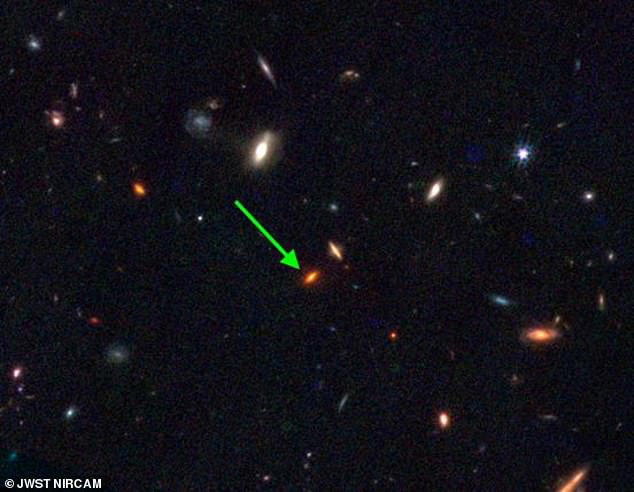
Revealing the Age of the Cosmos: Insights from Light
Light, the cosmic messenger traversing unfathomable distances, holds the key to unlocking the mysteries of the universe’s past. Through meticulous analysis of redshifts, astronomers have estimated that the light from ZF-UDS-7329 took approximately 11.5 billion years to reach Earth, revealing glimpses of a bygone era.
Questioning Established Paradigms: Implications for Cosmology
The discovery of ZF-UDS-7329 challenges established paradigms in cosmology and galaxy formation. Conventional models suggest a gradual emergence of galaxies, with fewer supermassive structures in the early universe. However, the existence of ZF-UDS-7329 calls into question these assumptions and underscores the need for a reevaluation of our cosmic narrative.
Charting the Course: Future Directions in Research
As we contemplate the implications of ZF-UDS-7329, astronomers are embarking on a quest for answers. The search for similar galaxies and the elucidation of their formation mechanisms promise to unravel the intricacies of the early universe. Through continued observation and analysis, we strive to unravel the cosmic tapestry that has captivated humanity for millennia.
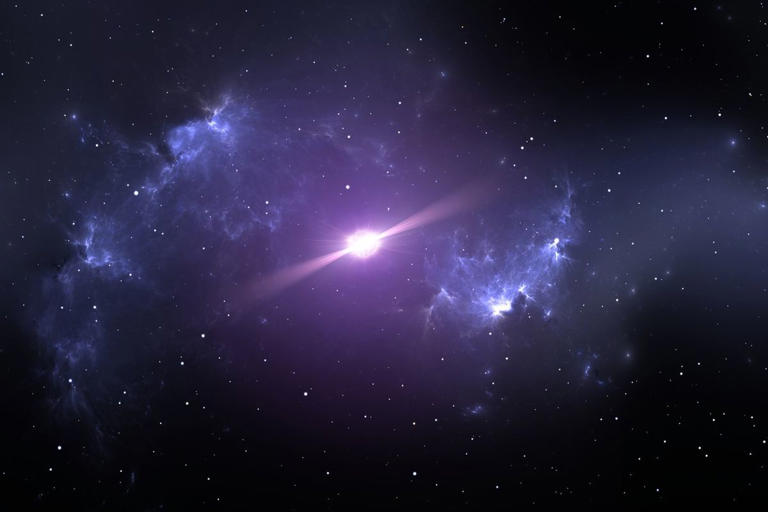 In Conclusion: A Cosmic Odyssey
In Conclusion: A Cosmic Odyssey
The discovery of ZF-UDS-7329 marks a pivotal moment in humanity’s quest to comprehend the cosmos. It beckons us to peer beyond the confines of our current understanding and embrace the mysteries that lie beyond. As we navigate the depths of space and time, may we remain steadfast in our pursuit of knowledge and ever-curious about the wonders that await us in the boundless expanse of the universe.
By embracing the unknown, we embark on a cosmic odyssey that transcends the limits of human imagination, inspiring generations to come in their exploration of the universe and our place within it.

